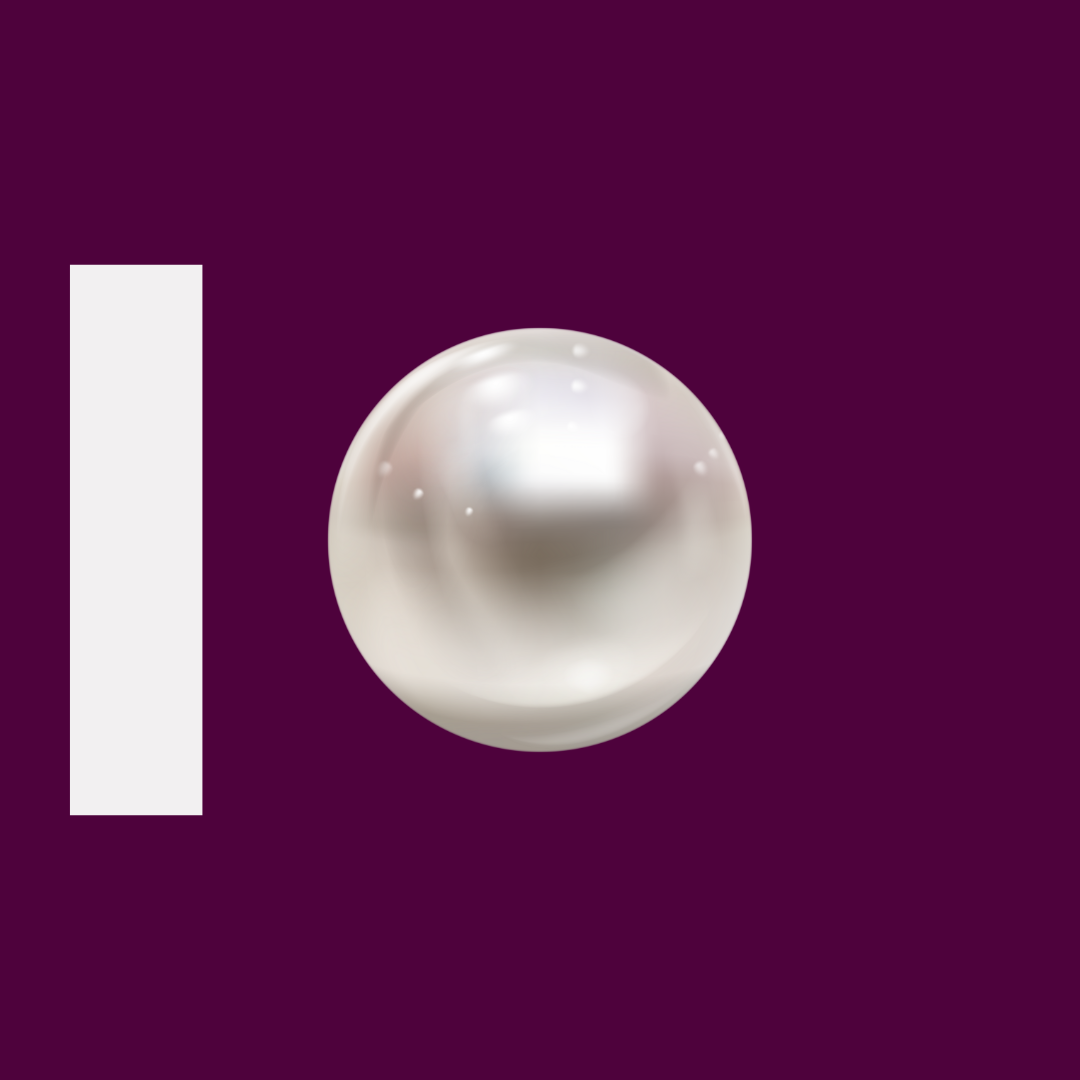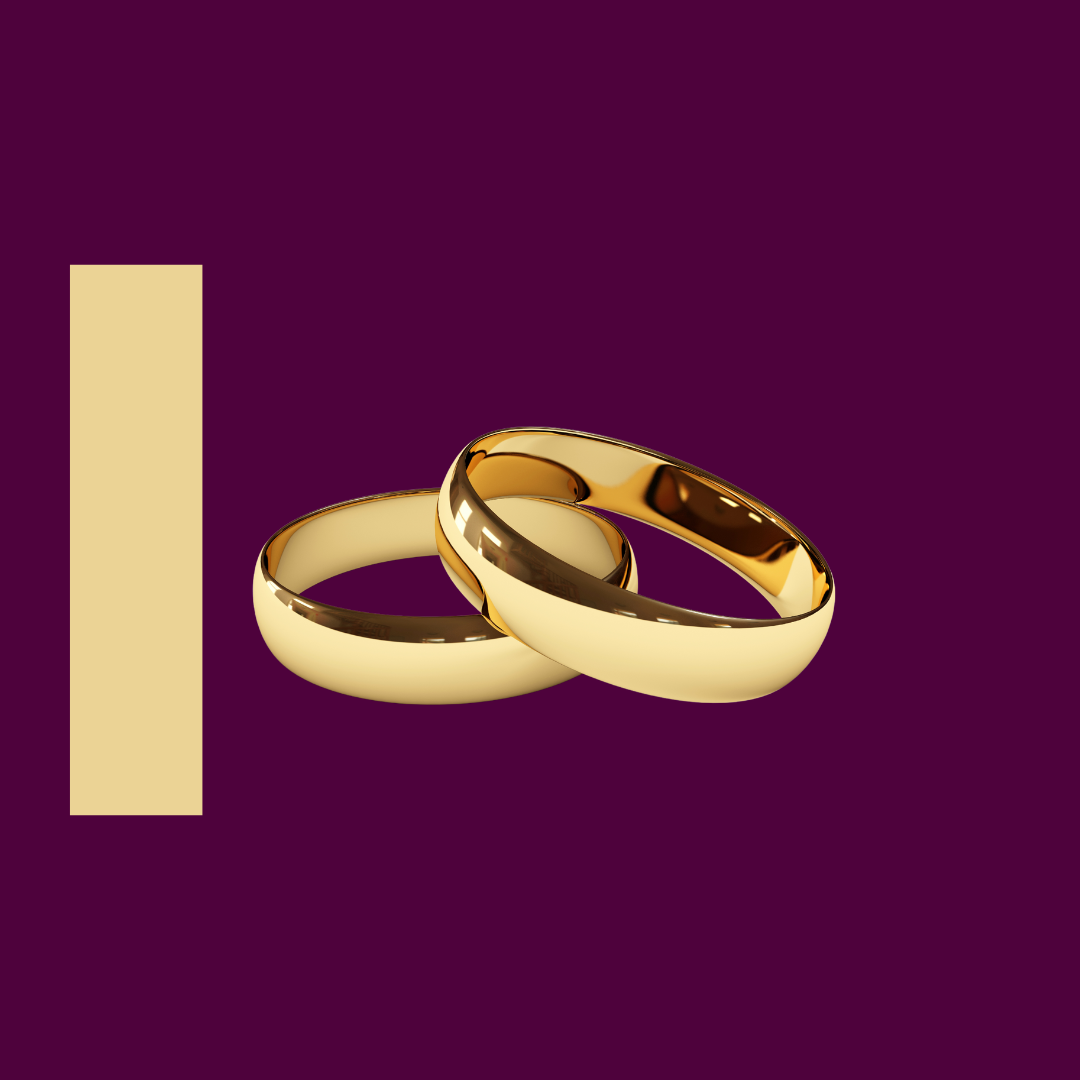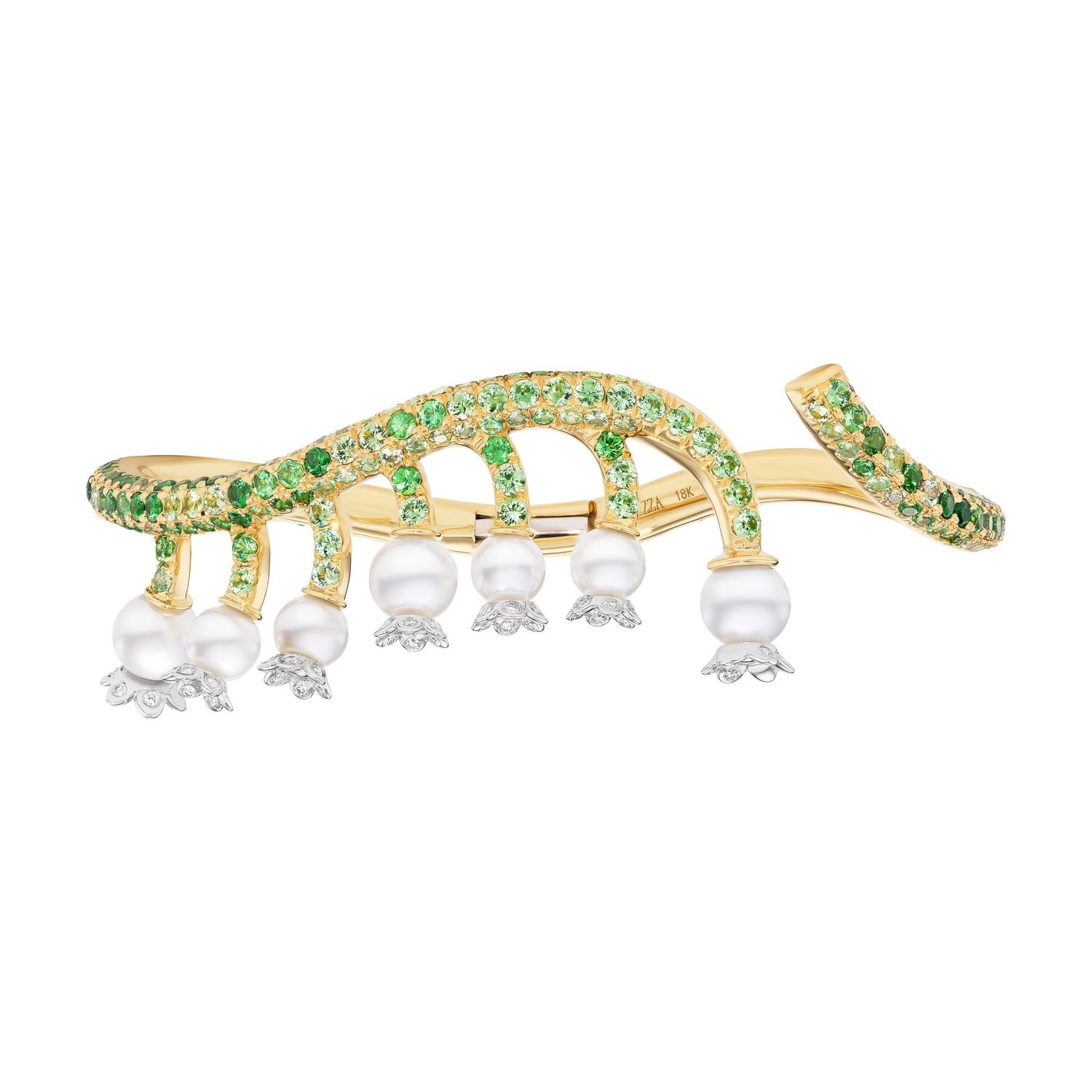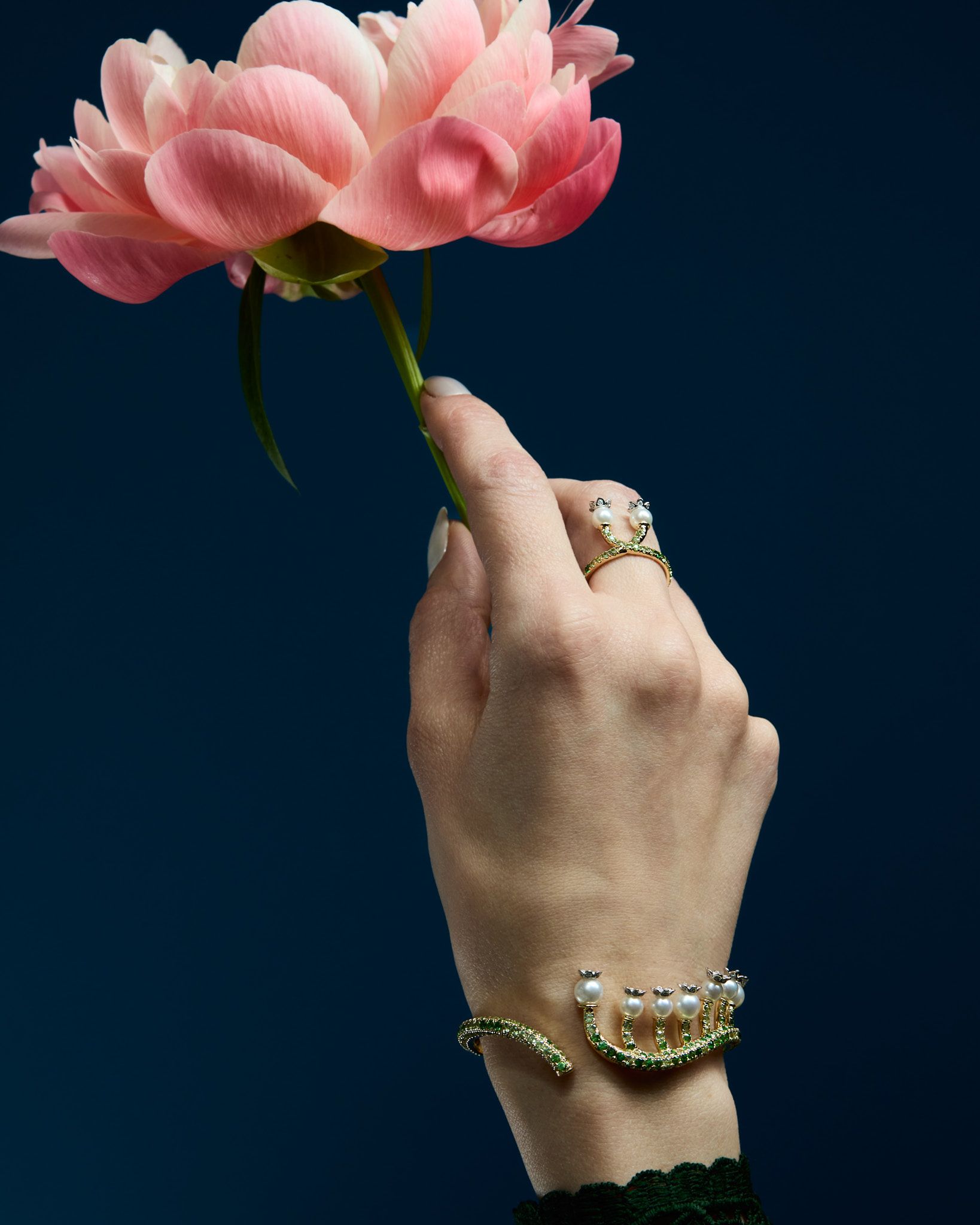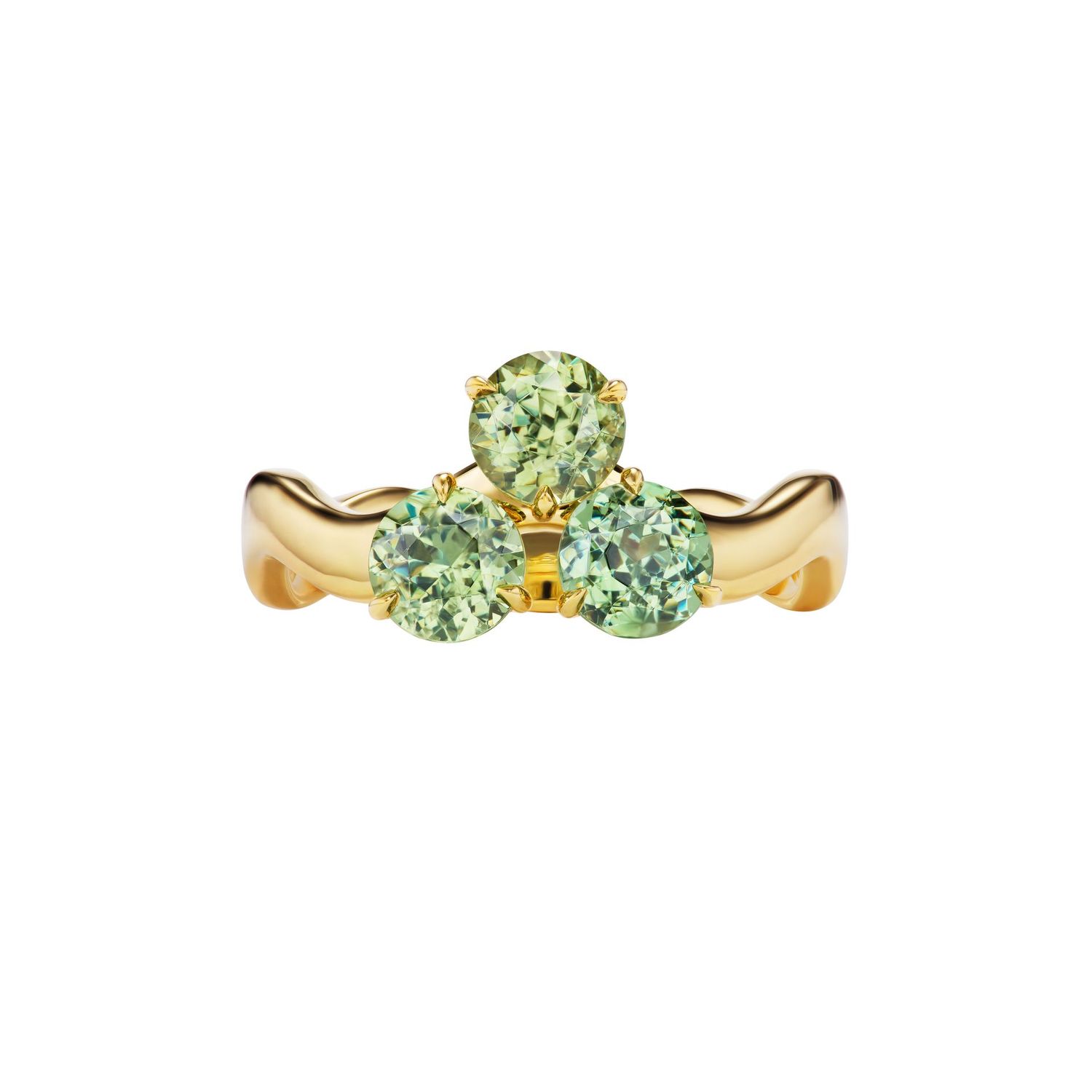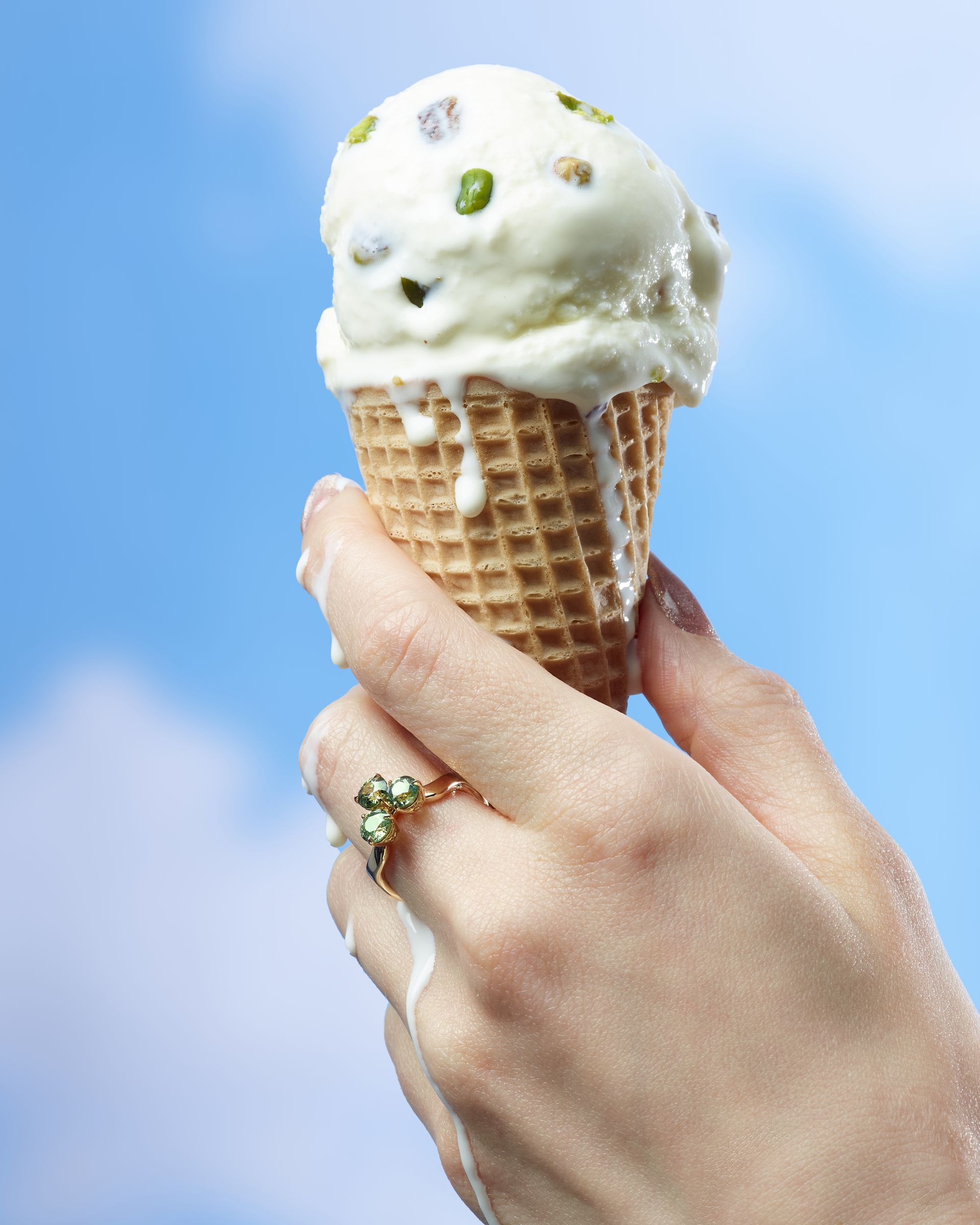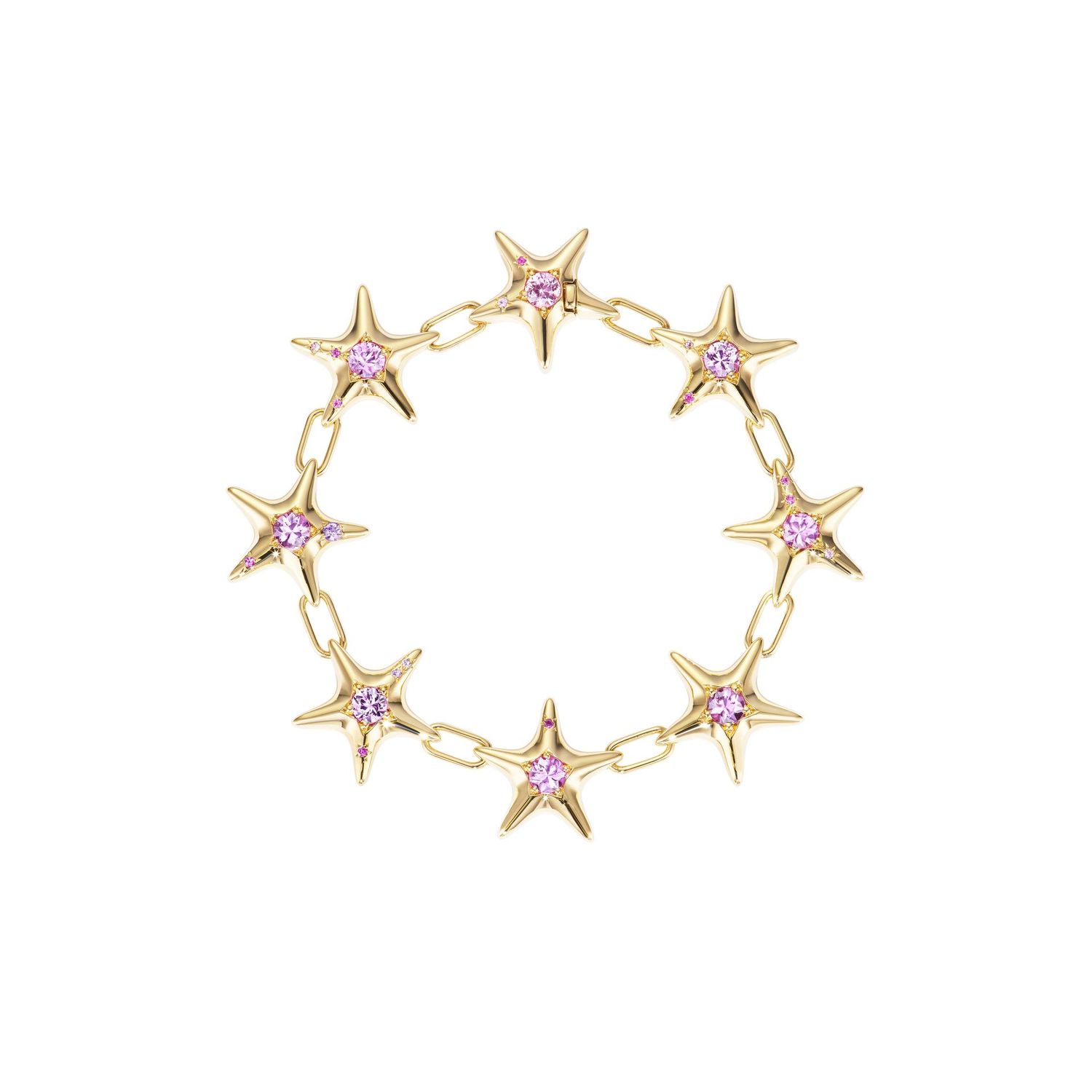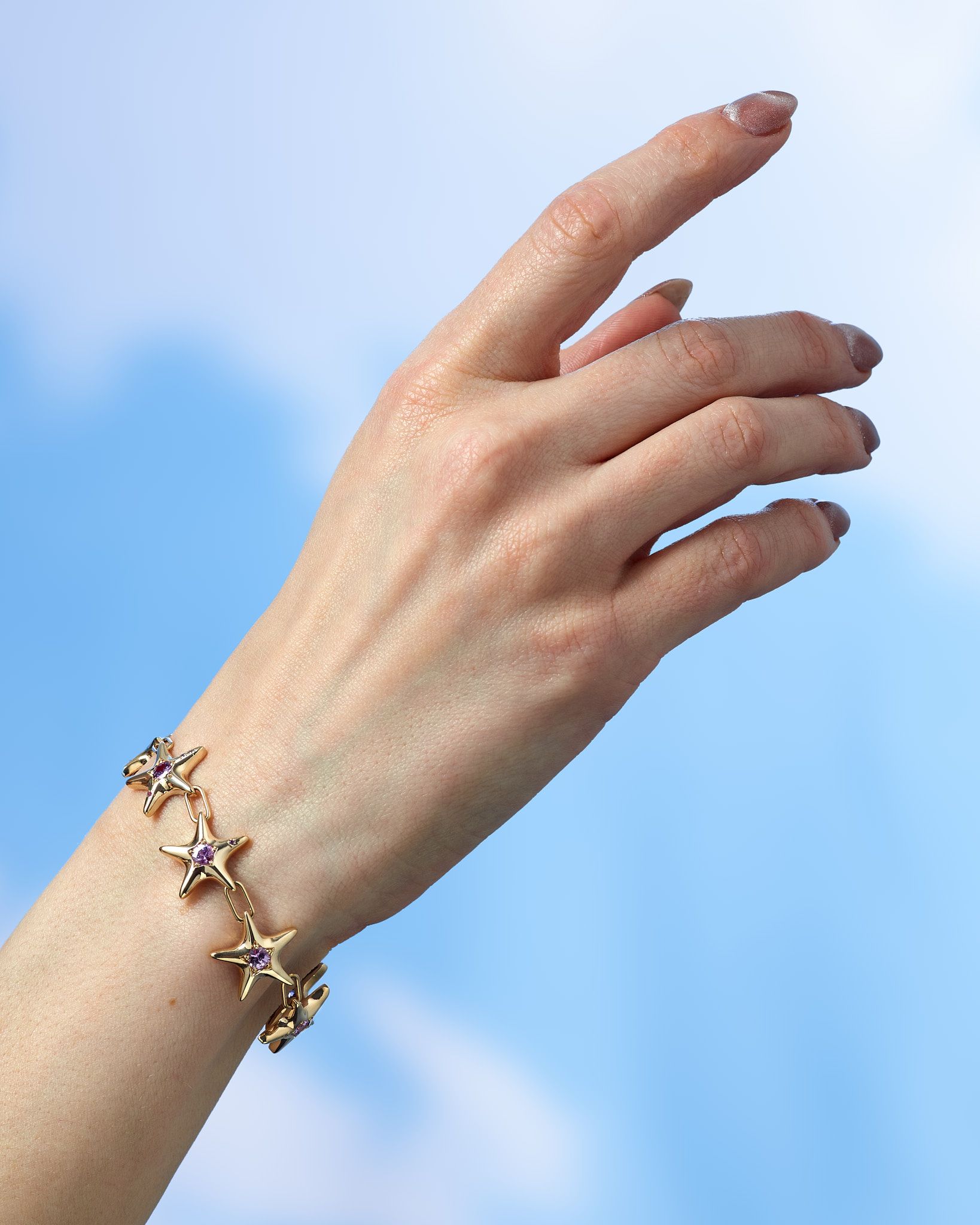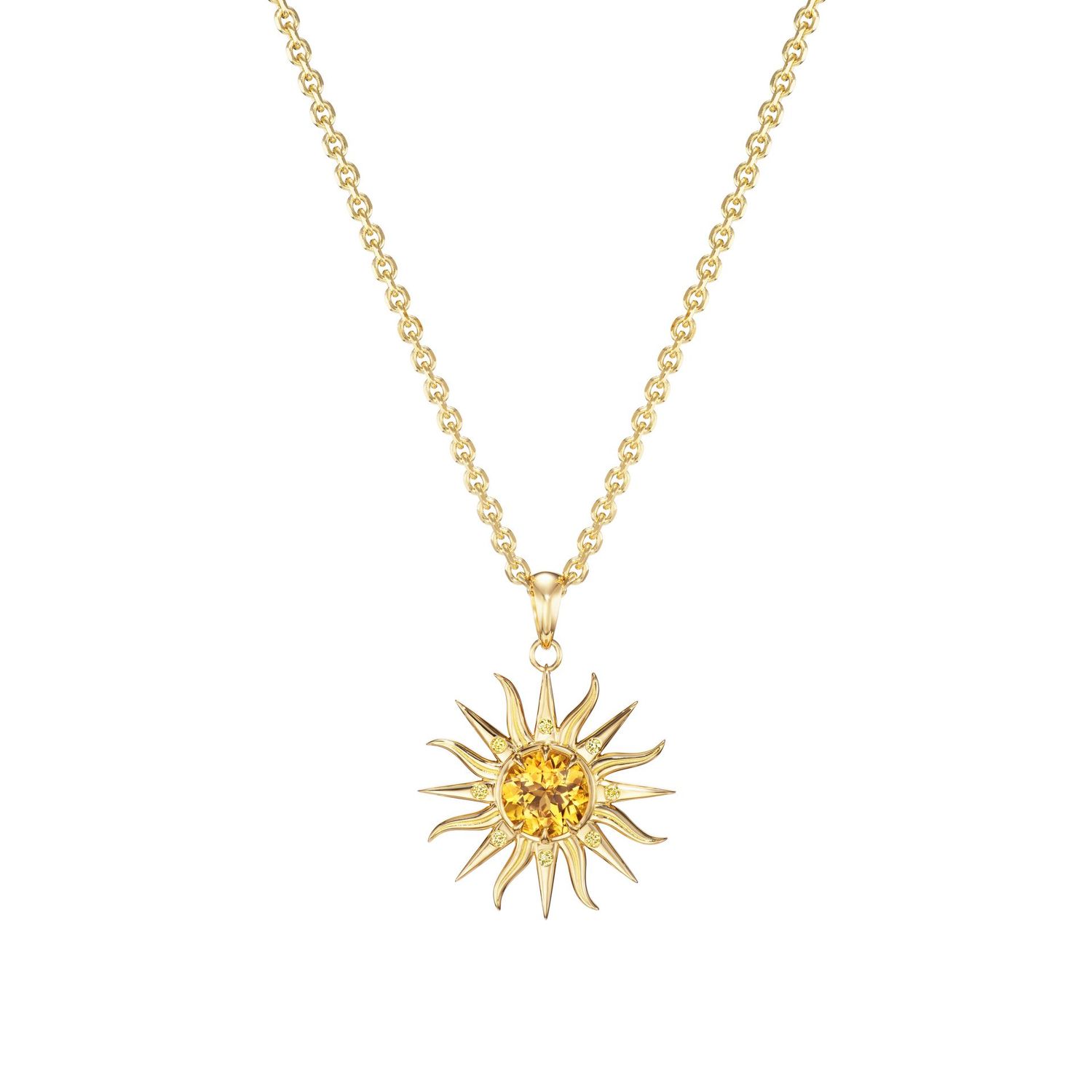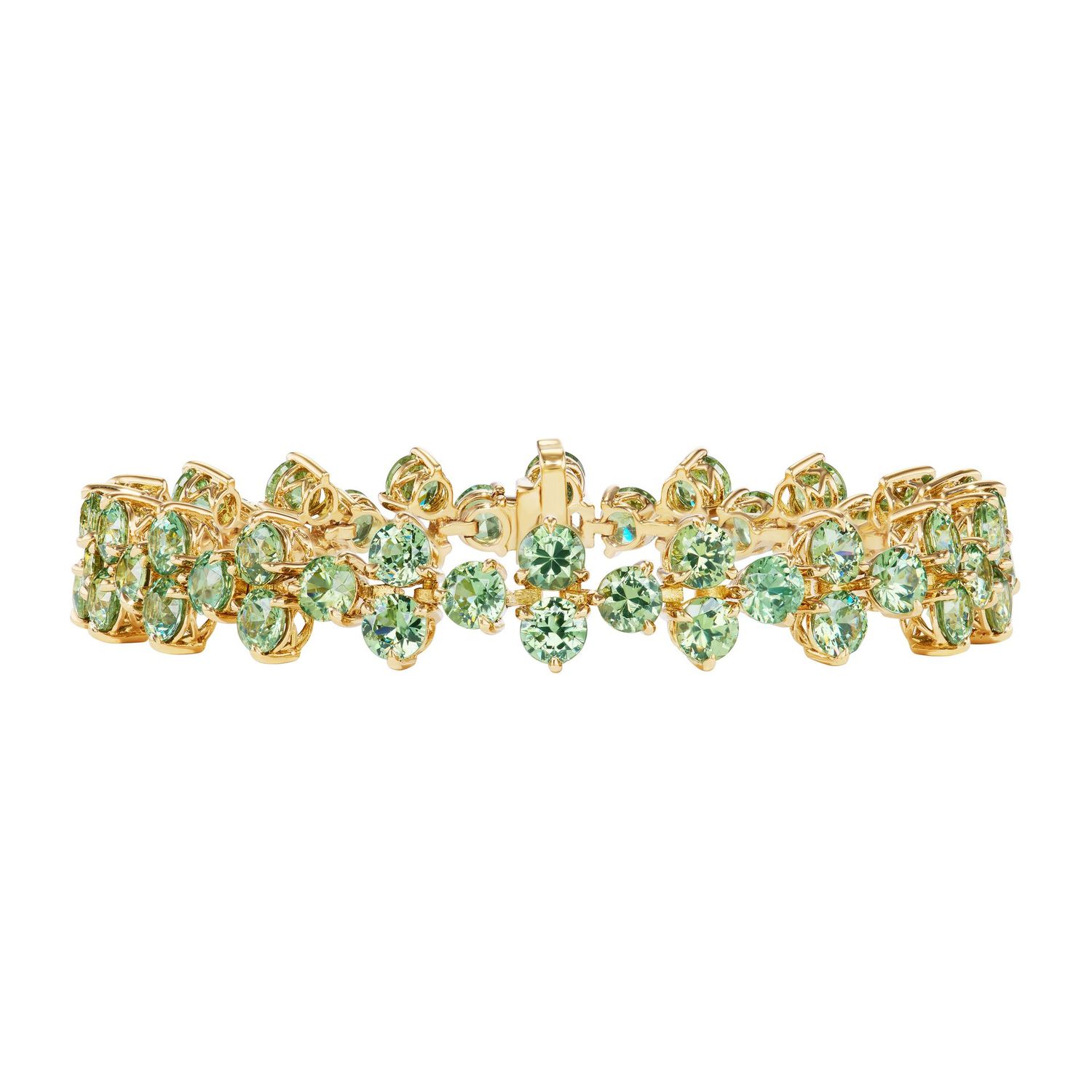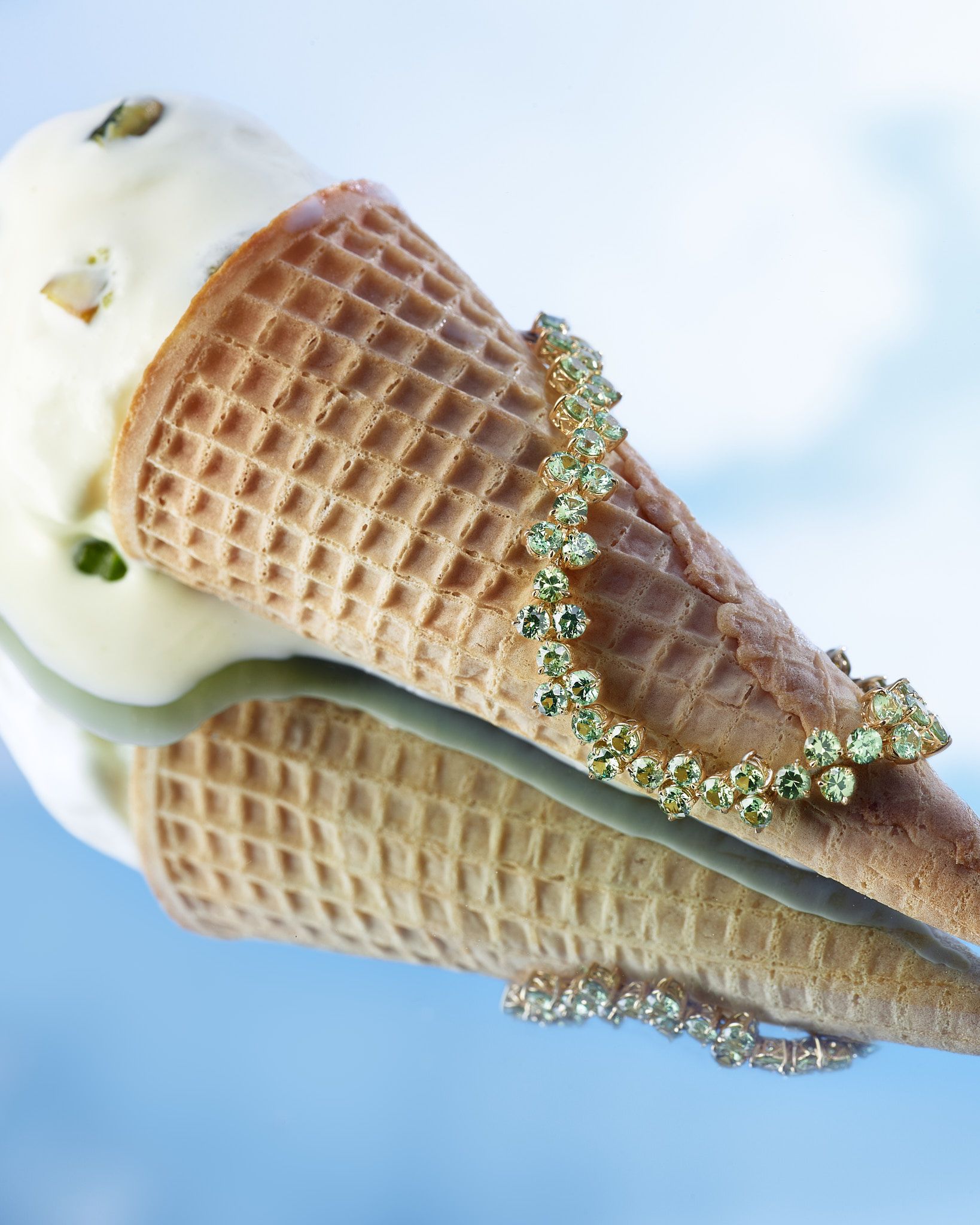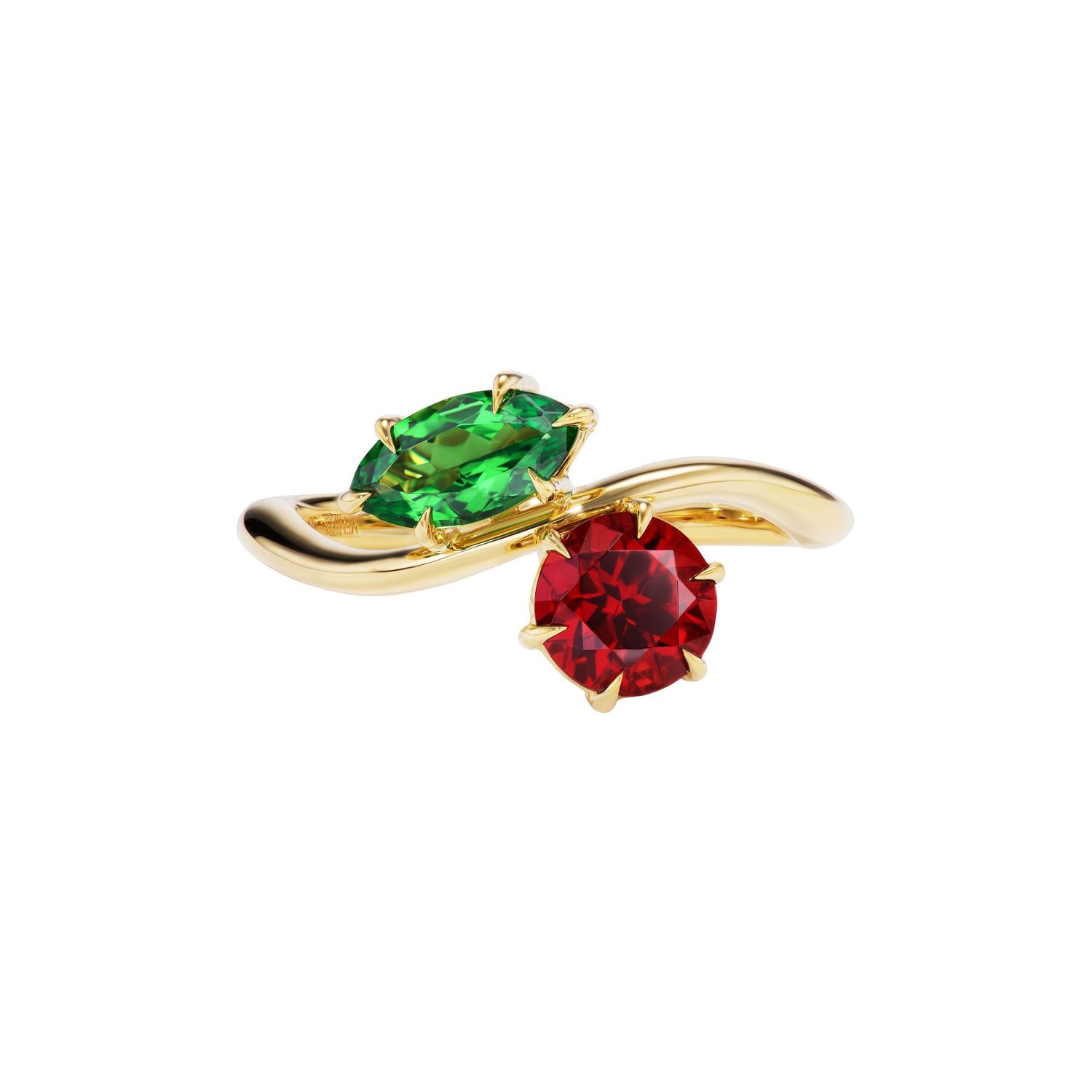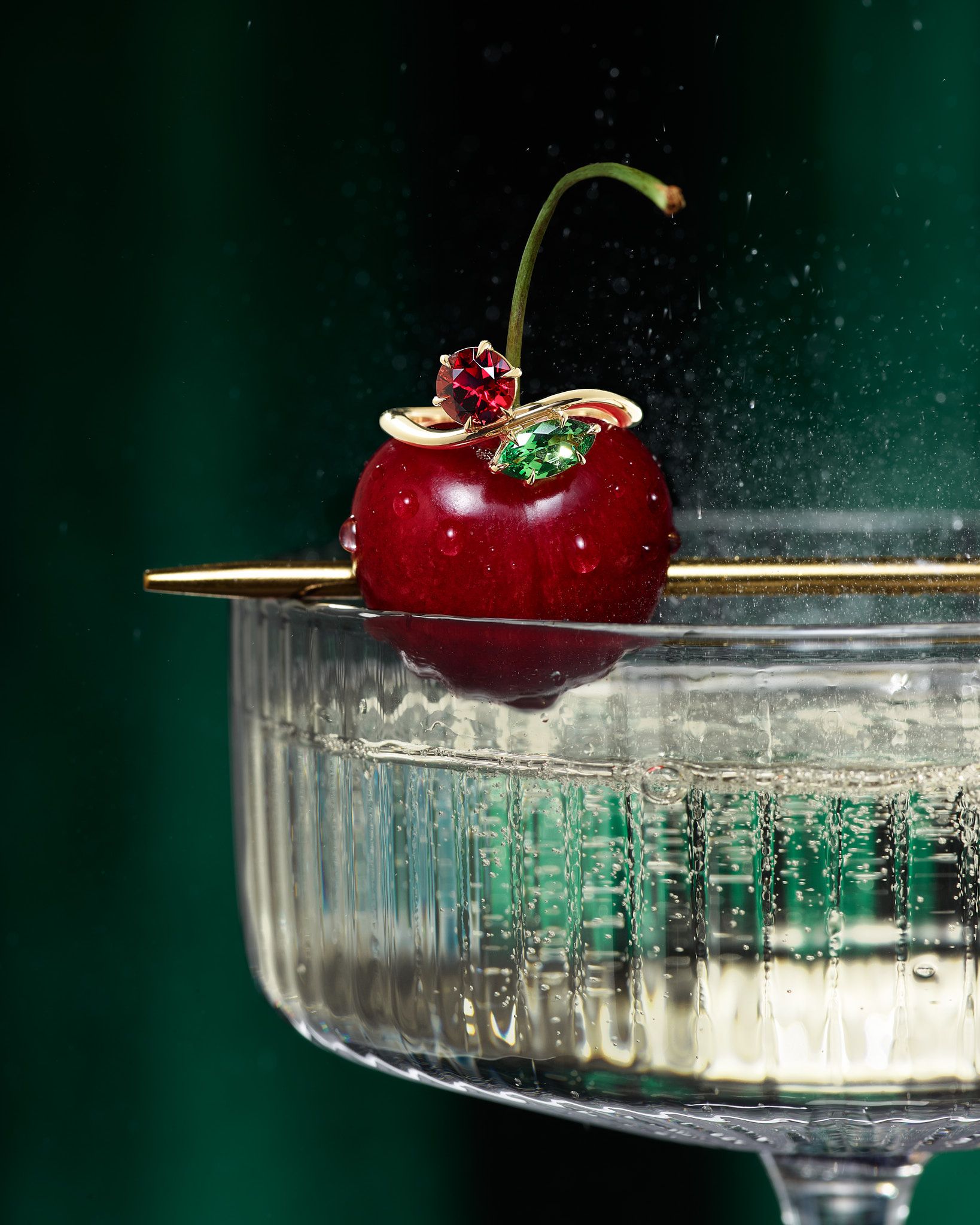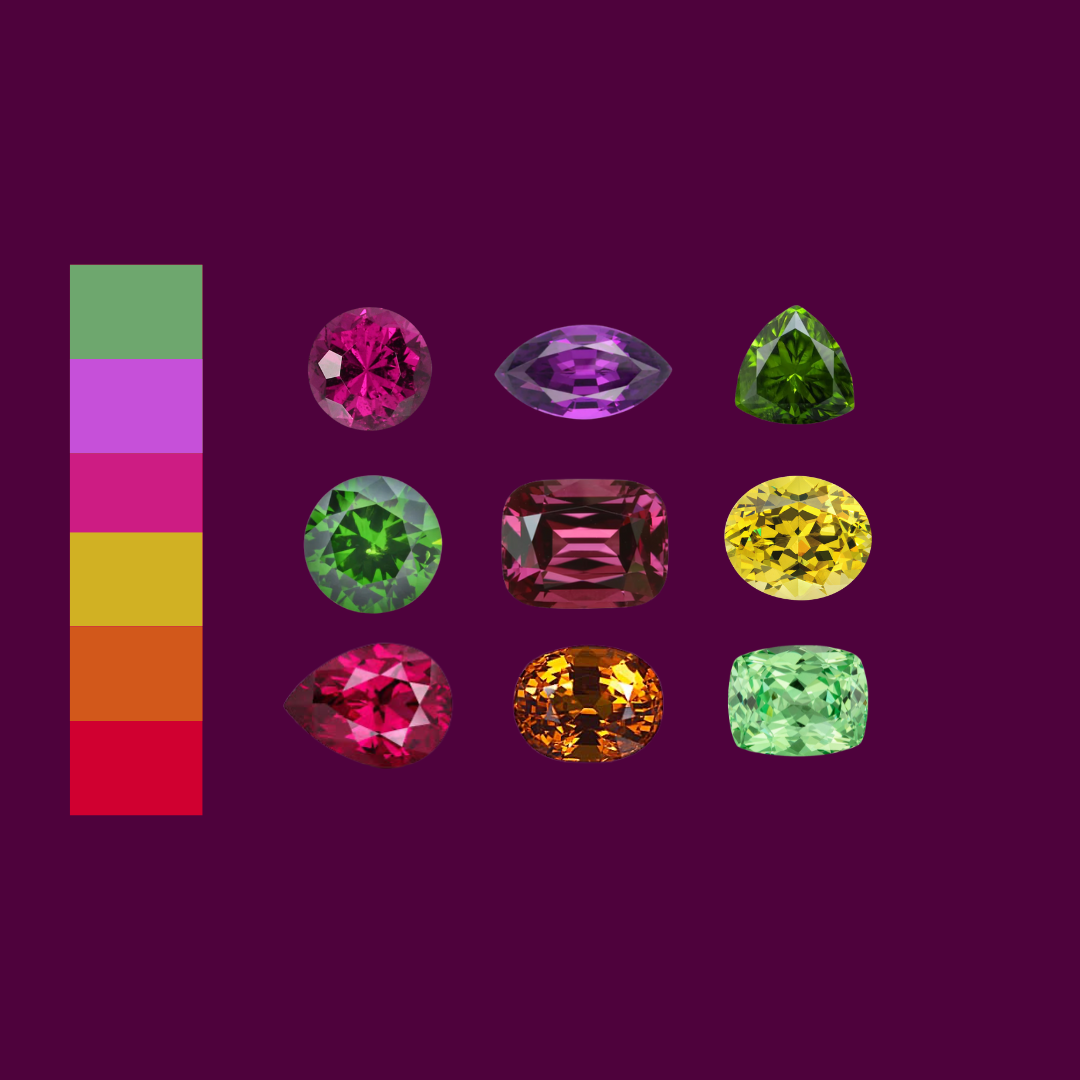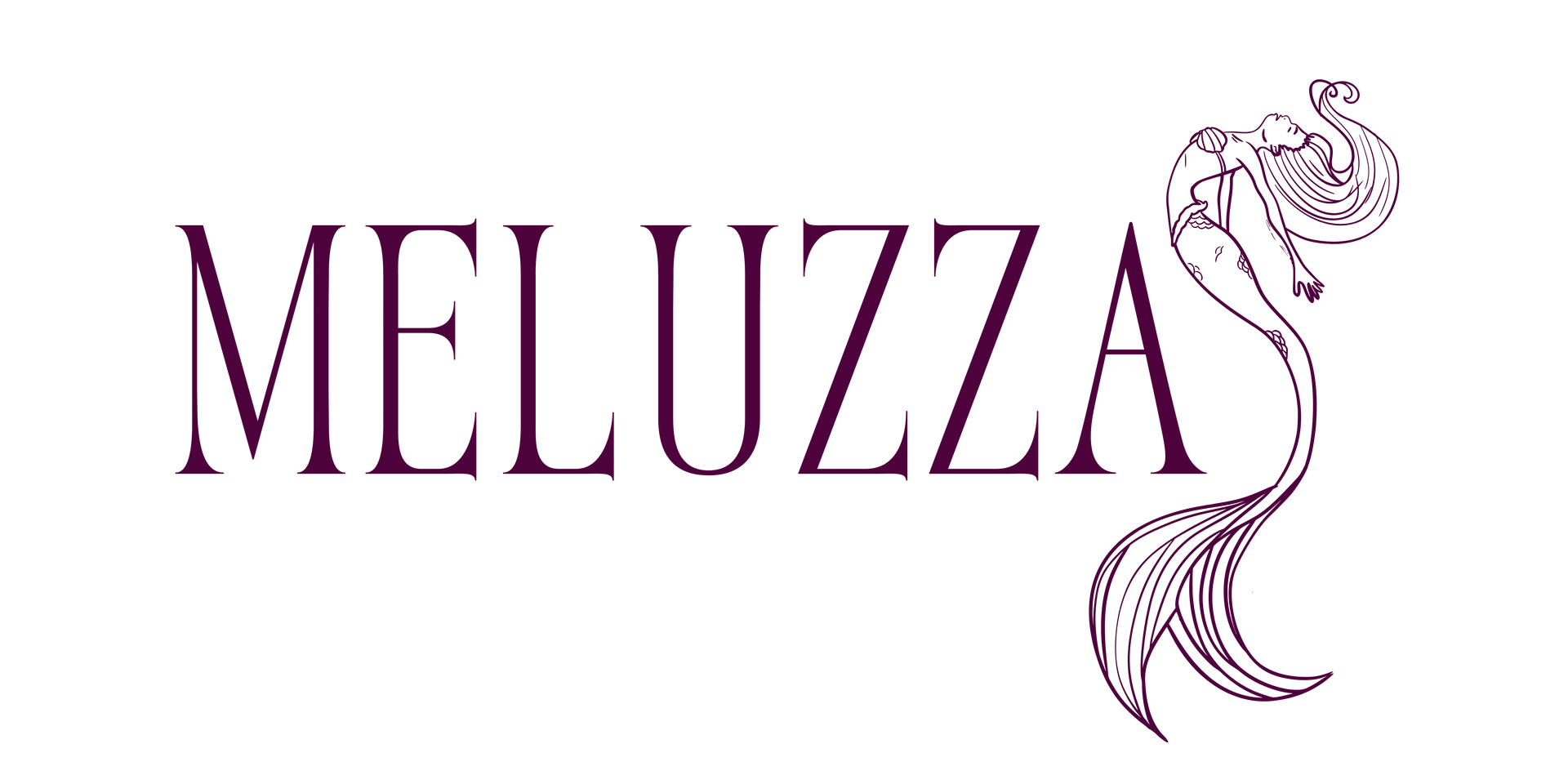What's my Birthstone?
What is your birthstone?
Birthstones have been around for a long time. It is actually believed that the traditional list of ancient birthstones originated in Poland around the 17th century! But the modern list of birthstones we know today was published in the United States in 1912 by the National Jewelers Association. It has since been updated a couple of times, giving certain months more than one stone to choose from. Find your birthstone below:
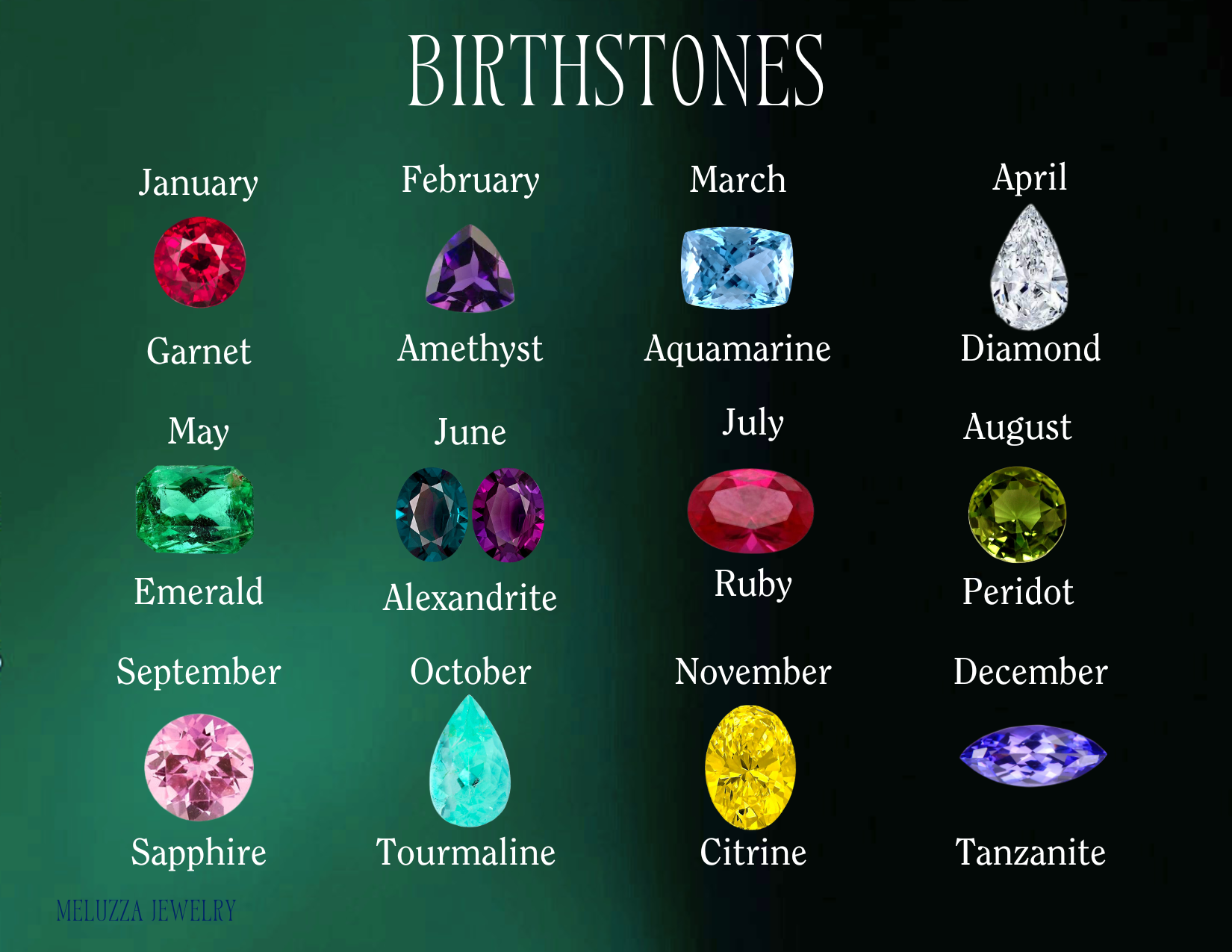
January: Garnet
The garnet family is one of the most complex in the gem world because it’s not a single species but consists of several varieties. This gives January babies a lot to choose from! The classic red garnet was highly prized in ancient Egypt and Rome where it was believed to encourage good dreams and love. Rhodolite is a type of garnet that has the classic red hue but can also appear raspberry pink.
If you want an alternative to red, Tsavorite is a type of garnet that rivals emerald in both beauty and physical properties. Another option is Demantoid - the rarest and most mesmerizing member of the garnet family.
Whichever type of garnet you end up choosing, they are all believed to have protective properties and were popular amongst warriors and royalty. The red garnets specifically were associated with vitality and light.
Meluzza has a lot of garnet options for January babies: the classic red Rhodolite garnets combined with green Tsavorite garnets in the Cherry Twist Ring or Cherry Dangle Earrings, or green Demantoid garnets in the Watermelon Waves Ring or Pistachio Ice Cream Studs to name just a few.
February: Amethyst
Amethyst is one of the most ancient gemstones, that has had a deep spiritual and cultural meaning for centuries. It displays a beautiful purple hue. It symbolizes royalty, passion, daring, and dreaminess. But in ancient Greece it was also believed that Amethyst has the power to prevent drunkenness, in fact Amethystos means "not drunk" in ancient Greek.
It is February’s birthstone because St. Valentine wore an Amethyst ring with a carving of Cupid. This is also why Amethyst is traditionally seen as an enduring symbol of faithful love.
Meluzza doesn't have a Amethyst in the collection yet but you can customize any piece to include your birthstone!
March: Aquamarine
Aquamarine is Latin for seawater and ancient Romans believed that Aquamarine was the treasure of mermaids. It was said to make sailors fearless and safe on the open waters. Today the gemstone is associated with protecting all travelers, making it the perfect stone to keep close on any journey. Just as the seawater that they are named after, Aquamarines are known for their delicate blue hue.
Aquamarine represents happiness, hope, calmness and everlasting youth.
April: Diamond
You may think Diamonds are common but natural Diamonds are a true miracle of nature and a precious, finite resource. They come from the very core of earth, and have been unearthed through volcanic eruptions that moved them up through the layers of earth over millions of years. Diamonds carry earth’s whole history inside them, which makes them the ultimate symbol of everlasting and unbreakable love. While usually associated with colorless stones, Diamonds come in all colors of the rainbow, with red being the rarest, most precious Diamond.
In ancient times it was widely believed that Diamonds had magical powers and were formed from the tears of god. They symbolize strength and eternal love but also grace, serenity, and artistry.
If you are looking to add a diamond piece to your collection, you can make the Constellation Studs or the You Are My Sunshine Pendant yours.
May: Emerald
Emerald has been synonymous with the color green since antiquity. The name comes from the old French esmeralde and from the Greek smáragdos, meaning “green gem”. The highest quality Emeralds are deep green. Many Emeralds have eye-visible inclusions. Gemstone lovers admire those inclusions, often calling them a “jardin,” (French for garden), due to the mossy appearance.
Emeralds symbolize vitality, honesty, and fidelity.
June: Pearl
Pearls are the only gems found within living creatures, making them a truly special birthstone. Natural Pearls are extremely rare and can easily out-price diamonds. Today most Pearls on the market are cultured. Not all Pearls are white: Tahitian Pearls are black, purple, or teal, while South Sea Pearls can be cream, champagne or gold.
Myth has it that when Adam and Eve were banished from paradise, they cried a lake of white and black Pearls, making Pearls a symbol of repentance and hope. In ancient China Pearls represented wisdom and power. Today Pearls are associated with wealth, honesty, and wisdom.
At Meluzza we have unique Pearl pieces: a ring, bracelet and ear cuff inspired by lily of the valley.
June: Moonstone
Moonstone displays magical interplay of light, called adularescence, named after Mount Adular in Switzerland, where it was mined. The ancient Romans believed that Moonstone was a solid form of moonlight, and the Greeks associated it with Selene, the goddess and personification of the moon.
Moonstone is a gemstone that has had a deep symbolism throughout history, including: magic, feminine energy, new beginnings, intuition, and happiness.
June: Alexandrite
Out of all the three June birthstones, Alexandrite is the most beautiful and one of the rarest on earth! Often referred to as “Emerald by day, Ruby by night," Alexandrite can change color from green in sunlight to red in incandescent light. Alexandrites are so rare and expensive that few people have even seen a natural Alexandrite, which led to it being quickly replaced by the more accessible pearls as a June birthstone.
Alexandrites, named after Czar Alexander II, were traditionally worn by Russian royalty to enhance intellect and invite good luck.
July: Ruby
One of the oldest gemstones, Ruby has been coveted by royalty for thousands of years. Fine quality rubies are exceptionally rare, and command prices that surpass diamonds.
The mesmerizing red of rubies is believed to inspire passion, love, courage, and devotion while guarding the owner’s wealth. They are also one of the more durable stones, making it an excellent fit for daily wear, or engagement rings.
For all July babies, we have the
Transformation Ring and Pendant available in Ruby and can customize many of our designs to include the stone.
August: Peridot
You may have heard that Cleopatra loved emeralds, however it is very likely that her emeralds were actually Peridots! People in ancient times often confused Peridot with emerald and Peridot was more widely available in ancient Egypt.
Ancient Egyptians called Peridot the "gem of the sun" and believed it could protect the wearer at night, repelling evil spirits. It is also thought to help heal a broken heart, bring good fortune, and raise self-awareness.
August: Spinel
Spinel finds its origin in the Greek word spítha meaning spark or thorn and is one of the most under-appreciated gemstones. Spinels were long referred to as the “great imposter” because they were often confused for Sapphires or rubies prior to the 19th century. In fact, many famous rubies have since been proven to be red Spinel! However, Spinels don’t need to pretend to be anything else, as they are some of the most beautiful and versatile gemstones out there. They come in a variety of colors: blue, gray, pink, red, purple, or black giving options to August babies.
The gemstone is believed to improve romantic relationships and love, and help banish sadness.
September: Sapphire
Sapphire is a gemstone with a rich history and has been prized over millennia. It is best known for its pure blue color but not all Sapphires are blue! The September birthstone comes in almost all colors of the rainbow, and can exhibit a “star” phenomenon, making it one of the more versatile gemstones.
Sapphire is believed to shield the wearer from envy. It is also said to bring inner peace and wisdom.
At Meluzza we love working with Sapphire. If you are looking for classic blue, there is the Winter Star Necklace or the Broken Ice Ring. If you want something more unexpected, you can go for pink Sapphire with the Starfish Earrings or Wave Band. If you are truly looking to make a splash, you can dazzle everyone with star Sapphire used in our North Star Earrings.
October: Opal
Opals are gemstones with more character than any other gem, as each Opal is unique. Their otherworldly appearance of dazzling flashes that change colors when moved around has mesmerized people for centuries. But Opals are the most delicate gemstones and require very special care.
Fitting for spooky October, in Victorian times Opals got a very bad reputation. Rumor spread that they might be cursed, bringing bad luck to the wearer. However, throughout most of history, the gems have been considered lucky! They were associated with light and magic in ancient Rome and were credited with healing properties, especially for the eyes.
October: Tourmaline
The modern October alternative, Tourmaline is a more durable and playful option for all wild October babies. No other gem comes in as many colors, including multi-colors, as Tourmaline. The most valuable of all Tourmaline varieties in Paraiba Tourmaline, which displays a truly electric blue.
With all the different colors they come in, it's no wonder they are associated with boosting creativity! They are also believed to have healing and stress relieving properties. Pink Tourmaline specifically is associated with love, compassion, and is a symbol of everlasting friendship.
Our
Constellation Studs are the perfect Tourmaline piece with the rarest Paraiba from Brazil.
November: Citrine
Citrine is a cousin of amethyst, making it a quartz. It is usually yellow to brownish orange, but those colors are exceptionally rare in nature. Most Citrine has been heated to achieve its intense yellow hue.
Citrine is predominantly associated with healing and happiness. Additionally Citrine‘s cheerful hue inspires joy, confidence, creativity and can help overcome challenges. However it is also associated with abundance, prosperity and success. In ancient China Citrine has been called the “Merchant's Stone” due to its believed ability to bring fortune to business and trades.
December: Tanzanite
Tanzanite was made famous by Henry B. Platt of Tiffany & Co. in 1968, making it a relatively new gemstone. Named after its origin location in Tanzania, Tanzanite displays a mesmerizing violet-blue hue after it is heated. Natural, untreated Tanzanite is typically brownish. Tanzanites can also exhibit a color shift!
It is believed that the gemstone will bring calmness, enhance awareness, and elevate mood.
December: Blue Zircon
Often confused with cubic zirconia, Zircon is a natural and underrated gemstone. In fact, it is one of the oldest gemstones and has been treasured since ancient times. Zircons come in many colors, but most blue Zircon has been exposed to heat treatment to achieve the saturated blue hue.
Medieval Europeans believed that Zircon promoted sleep, repelling evil spirits at nighttime. It was also thought to introduce wealth, serenity and purity to the wearer. In the Bible, Zircon is described as one of the stones offered by Moses to be part of the breastplate of Aaron, the high priest. It is also mentioned as one of the stones used for the foundation of Heavenly Jerusalem, symbolizing eternal light.
December: Turquoise
Turquoise was prized in ancient Egypt and has been used by Native American tribes for centuries. The Navajo people believe that that when it rains after a long drought, Turquoise is formed from the human tears of joy soaked into the earth.
As a stone that has been part of many cultures throughout centuries it carries many meanings including: fertility, hope, success, protection, creation and courage. It also symbolizes the rainy season and the wind.
December: Blue Topaz
Blue Topaz is usually pale but can also appear dark blue or grayish blue. Most blue Topaz achieve their hue by heat and radiation as they are naturally very pale. However, there are other colors of Topaz including pink, yellow and purple. The most valuable type of Topaz is Imperial Topaz, which has a natural rich orange hue. Imperial Topaz was popular with Russian royalty.
Topaz has traditionally been associated with wealth, likely due to its yellow color, which led people to believe that Topaz had the ability to attract gold.
While we currently don't have a piece of jewelry with each birthstone, we happily modify our designs. The
Starfish Pendant is a great piece to personalize with your birthstone.
